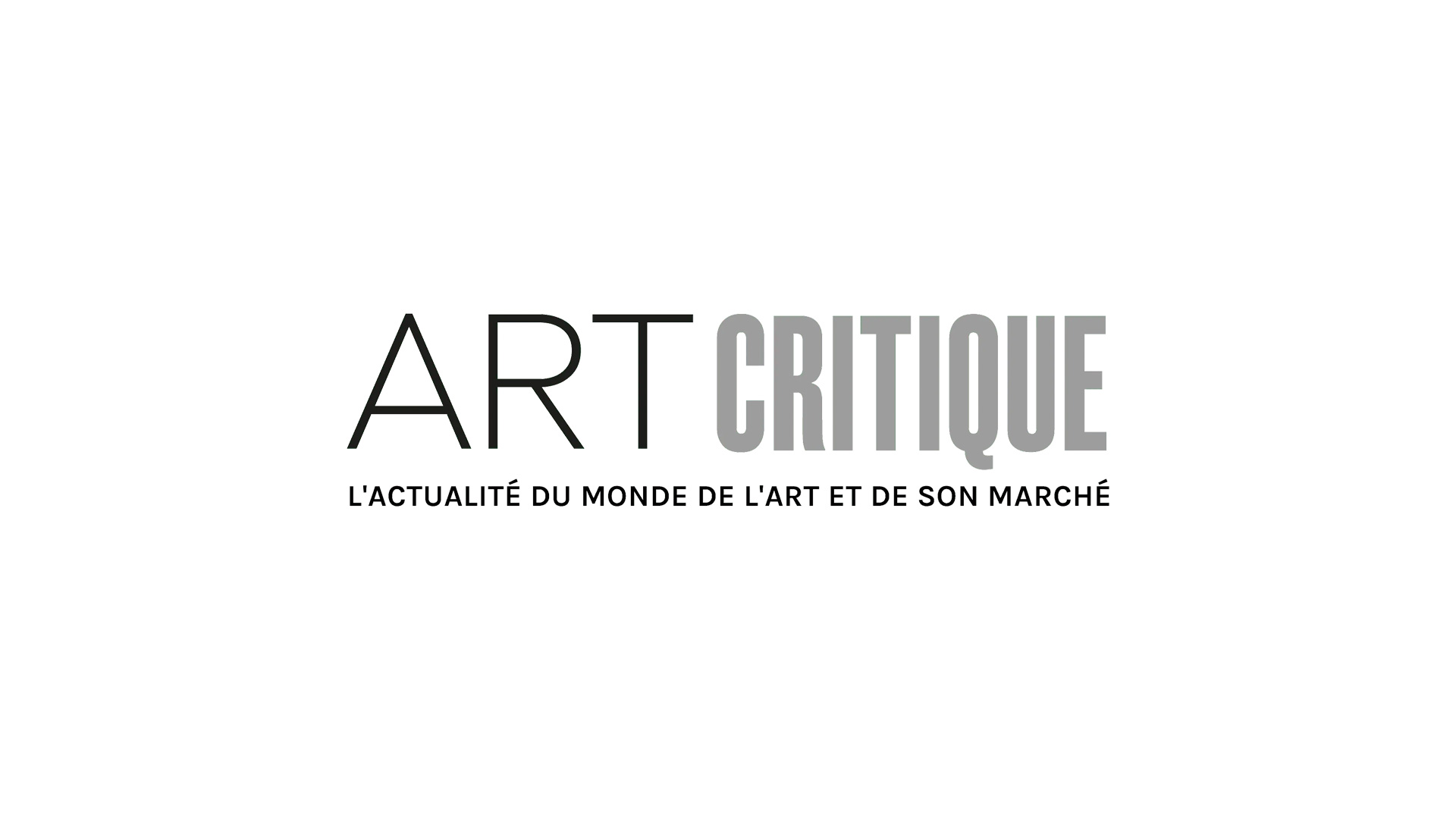The Times Art Center Berlin (TACB) was registered as a non-profit art institution in Germany in July 2018 and recently opened its doors for the first time on November 30th. The Berlin satellite space is an extension of the Guangdong Times Museum located in the Pearl River Delta of South Eastern China. It is also the first time an independent Asia-based art institution has been established abroad. With links to one of China’s largest property developers, the opening of the TACB was met with apprehension. Cai Nikita Yingqian, curator of the Guangdong Times museum, though, reassured attendees that there was ‘no business agenda’ associated with the TACB.
The TACB has opened at a time when European institutions and museums have been striving to send exhibitions to the Asian museum market. Paris’ own Centre Pompidou has held ongoing talks to open a Shanghai-based satellite and this year, they will be opening pop-up gallery with the West Bund Group. The Times Property Group, however, has decided to swim against the current. After opening the Guangdong Times Museum, designed by Rem Koolhaas, the conglomerate began their efforts to bring their institution westward. The TACB is a relatively small experimental location in the heart of Berlin’s Potsdamer Strasse art district. The building that houses the TACB was previously inhabited by the Arratia Beer Gallery, which closed in August after a 12-year run. Times Property does, though, already have plans to expand their international scope in coming years.
Therefore, despite Cai’s reassurance on the matter, most press present for the opening questioned if the TACB was anything more than a business opportunity for Times Property. Cai went on to stress that the non-profit’s intent is to work alongside artists allowing them to take up projects that are less market oriented. The TACB’s mission is dedicated to younger and emerging artists embracing global cultures. Moreover, the TACB hopes to facilitate conversations between Asian and European artists, curators, intellectuals, and institutions.
While looking to represent lesser-known artists, the TACB’s inaugural show – titled ‘The D-Tale, Video Art from the Pearl River Delta’ – comes with some pretty prestigious names attached. Hou Hanru, director of Rome’s MAXXI, and Xi Bei, director of the TACB, have co-organized ‘D-Tale.’ Consisting of three ‘episodes’ – each running about six weeks – the show features the ‘moving image’ allowing artists to rebel against dominating ideology and powers. The chapters, which include Urban Explosion, Towards Autonomy, and The Politics of the Self, will explore the critical importance of the Pearl River Delta that is often underrepresented in the West. The exhibition will run through April 2019 and help visitors better understand the manufacturing region that, according to Hou, has ‘gone through major transformations in the past 20 years.’





